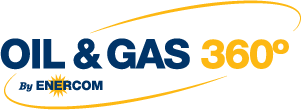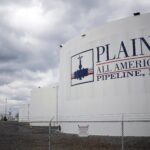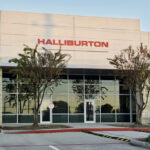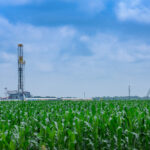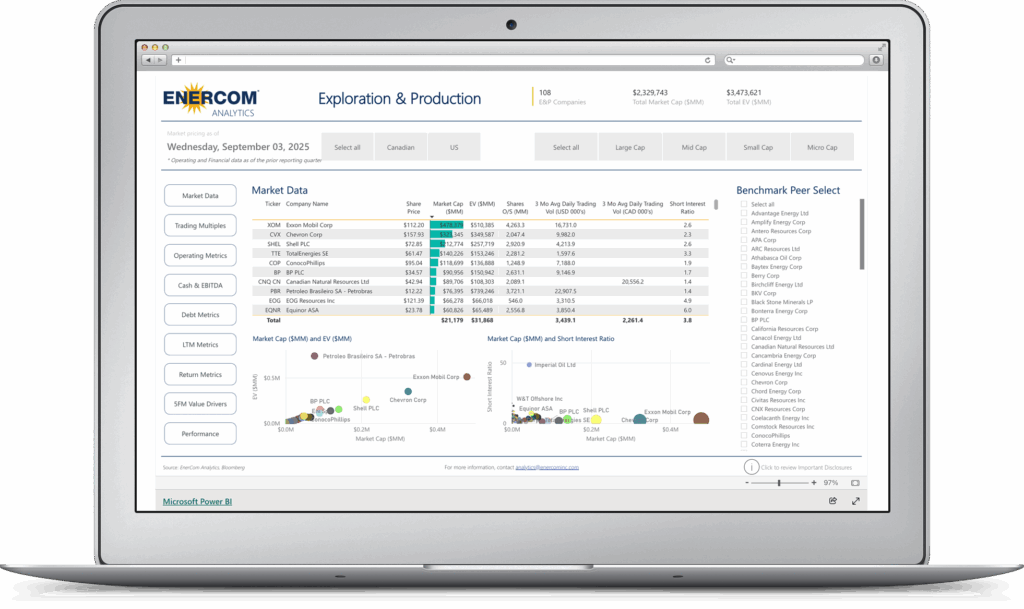Occidental Petroleum Corporation (ticker: OXY) reported net income of $497 million, or $0.65 per diluted share, for the fourth quarter of 2017, compared with $190 million, or $0.25 per diluted share, for the third quarter of 2017.
Core income for the fourth quarter of 2017 was $313 million, or $0.41 per diluted share, compared with $137 million, or $0.18 per diluted share, for the third quarter of 2017.
“In 2017, our investments in people, technology and assets continued to pay off, putting us ahead of schedule on our breakeven plan. All of our segments generated significant free cash flow, and we achieved record-breaking well results in our Permian Resources business,” said Occidental President and CEO Vicki Hollub.
Q4 2017 production
Total average daily production volumes were 621,000 BOE for the fourth quarter of 2017, compared to 600,000 BOE in the third quarter of 2017. Permian Resources average daily production volumes improved from the prior quarter by 20,000 BOE to 159,000 BOE in the fourth quarter of 2017 due to increased drilling activity and well productivity. Average daily production for Permian EOR increased by 2,000 BOE from the prior quarter to 155,000 BOE in the fourth quarter of 2017.
Oil and gas pre-tax income for the fourth quarter of 2017 was $44 million, compared to $220 million for the prior quarter. Fourth quarter income reflected non-cash charges on non-core Permian acreage of approximately $400 million, partially offset by sale gains of $64 million, while third quarter income included net gains on sales of domestic assets of $81 million. Excluding the charges and gains on sales, oil and gas income for the fourth quarter of 2017 was over $240 million higher than the third quarter, mainly due to improved crude oil and NGL prices.
Preliminary reserves
At year-end 2017, Occidental’s preliminary worldwide proved reserves totaled 2.6 billion BOE, compared to 2.4 billion BOE at the end of 2016. Proved reserve additions from all sources were 412 million BOE, compared to production of 220 million BOE, and represented a reserves replacement ratio of 187 percent. Additions from improved recoveries were 201 million BOE and revisions were net positive 151 million BOE.
Preliminary domestic proved reserves totaled 1.6 billion BOE at the end of 2017, compared to 1.4 billion BOE at the end of 2016. Occidental’s domestic operations had proved reserves additions from all sources of 313 million BOE, compared to production of 111 million BOE, for a reserves replacement ratio of over 280%.
As of December 31, 2017, the company’s proved reserves consisted of approximately 58% oil, 17% NGL and 25% gas. Of the total proved reserves, approximately 60% is in the United States and 40% is in international locations. Approximately 74% of the proved reserves is developed and 26% is undeveloped.
Conference call Q&A
Q: Can you talk about well productivity improvements?
Senior Vice President Joseph C. “Jody” Elliott: If you look at lateral length in 2017, it’s about a 10% increase in overall lateral length. But our productivity improvement is on the order of 20%. And you have to remember this is based on a six-month cumulative, so a lot of the good wells that came online in the back half of the year aren’t yet included in that improvement number.
So it’s a little bit lateral length, but a lot about, again, how we land these wells, the flow unit work that we do to optimize where we place them, and then continued completion design changes to increase stimulated rock volume. But it’s a combination of both, but more performance-driven than lateral length-driven.
Q: I wanted to focus a bit more on your expectation to reduce well costs in the Delaware. Based-on your contracts, how exposed are you to market inflation risk? And can you also talk a little bit more about the drivers of the design and efficiency improvements and the risk there to the upside and the downside?
SVP Jody: One example is a well in New Mexico… it’s a 2nd Bone Spring, 10,000-foot well. It’s a three-string design, assumes 2,000 pounds per foot in the completion, and includes everything: its hookup, flowback, first artificial lift, capitalized overhead – so it’s an all-in capital cost.
We see pressure on inflation, obviously. It’s probably in the 5% range in the drilling area and more like 10% to 15% in the completion space. But with securing our resources in 2017, we’re separating sand from pumping service and now, with the startup of Aventine in 2018, we see our ability to offset and even drive down cost in an inflationary period. This is something we started a couple of years ago when we looked back at what really drove our improvements back then, and anticipating an inflationary cycle, what would we do different.
So we focused on maintaining time to market, securing supply, securing resources, working the things that drive time to market because they’re a much bigger part of the equation than just unit cost. And I could talk for a long time about Aventine, but there’s a lot of things in place, not just sand delivery, but oil country tubular goods on rail instead of truck, the OxyChem hydrochloric acid facility, our work with Schlumberger there, a new sand delivery system for the last mile logistics that will drive down trucking and reduce the number of people required on location. So I’m just naming off a few. There’s a long list of things that we believe continue to improve the cost structure, the capital intensity of our work in the unconventional business.
Q: Can you talk a little bit more about the six new benches you’re planning to appraise in the Permian in 2018, and how the acreage you plan to evaluate compares to the new acreage that added 150 locations in 2017?
SVP Jody: Yeah, it’s 1st Bone Spring, Avalon, 2nd Bone Spring Lower in New Mexico, 2nd Bone, 3rd Bone, Wolfcamp C and Greater Barilla Draw.
Greater Barilla Draw is 50,000 net acres, so success in those other benches really gives you a lot of scale to work with.
Q: I was just curious about the EOR activity in Permian Resources, what you’re expecting to get out of the wells by pursuing that. And then the other one is on the Aventine venture. Will this be your only joint venture? Like Schlumberger mentioned the joint venture on their call with you, or working with you, I was wondering are you going to do more of these corporate things to help manage costs in the future?
SVP Jody: Sure. Be glad to talk about both. So the EOR work in the unconventional space, when you look at primary production, you’re recovering 8%, 10% of the production. So there’s a tremendous resource there. So the objective or the challenge is how can we increase that materially and do it economically.
And so with either CO2 injection or miscible gas injection, both in the lab and in the trials in the field, we’ve demonstrated we can recover incremental oil. And it doesn’t behave like the traditional conventional CO2 flood where you inject, then you push oil to the producers and it’s a long cycle project. The oil recovery is actually quite quick, so it has a short-cycle nature to it.
So the objective is to continue to do pilots and understand how we take it from pilot to full scale, and then how that affects development plans in the unconventional space going forward.
